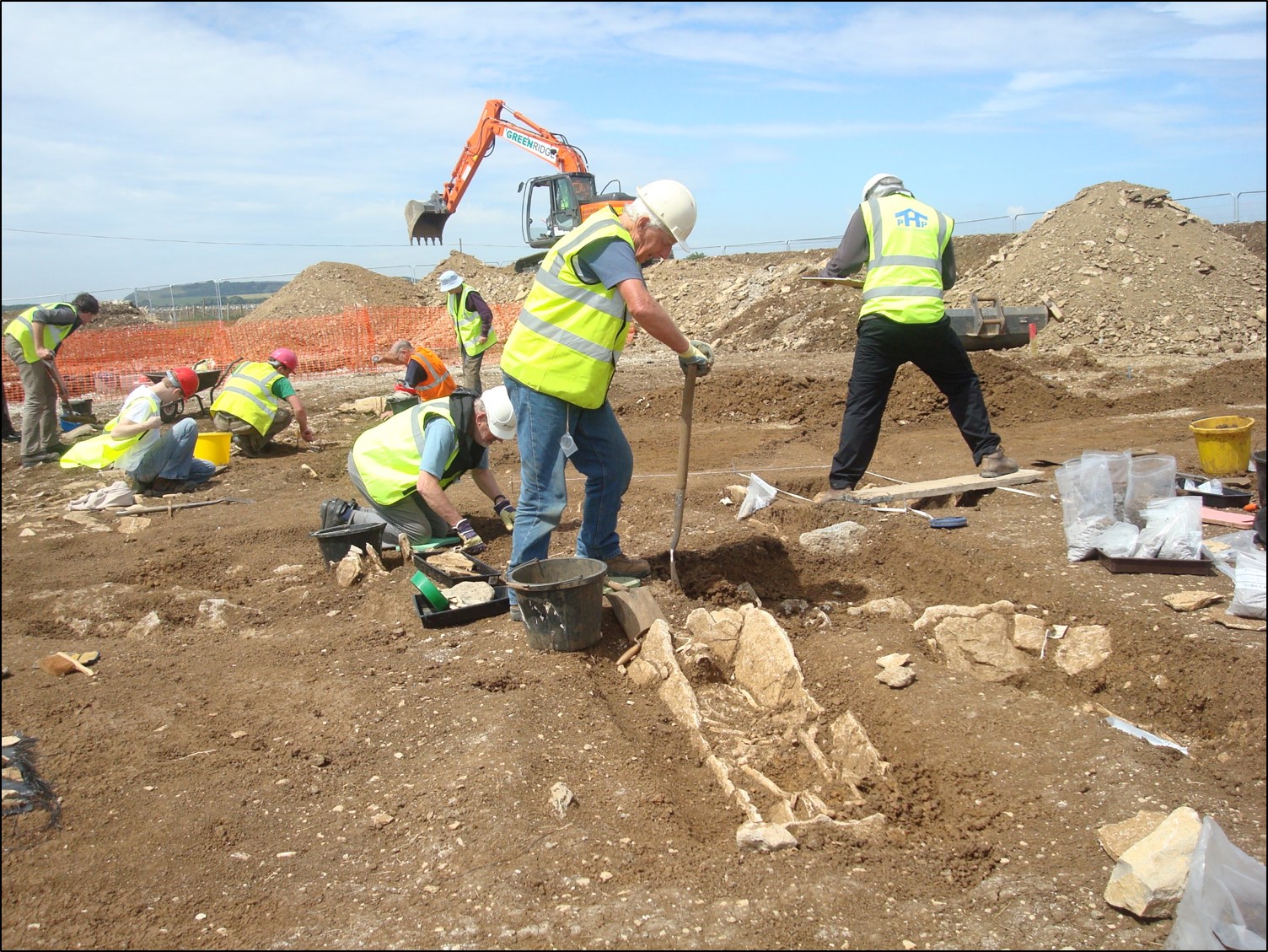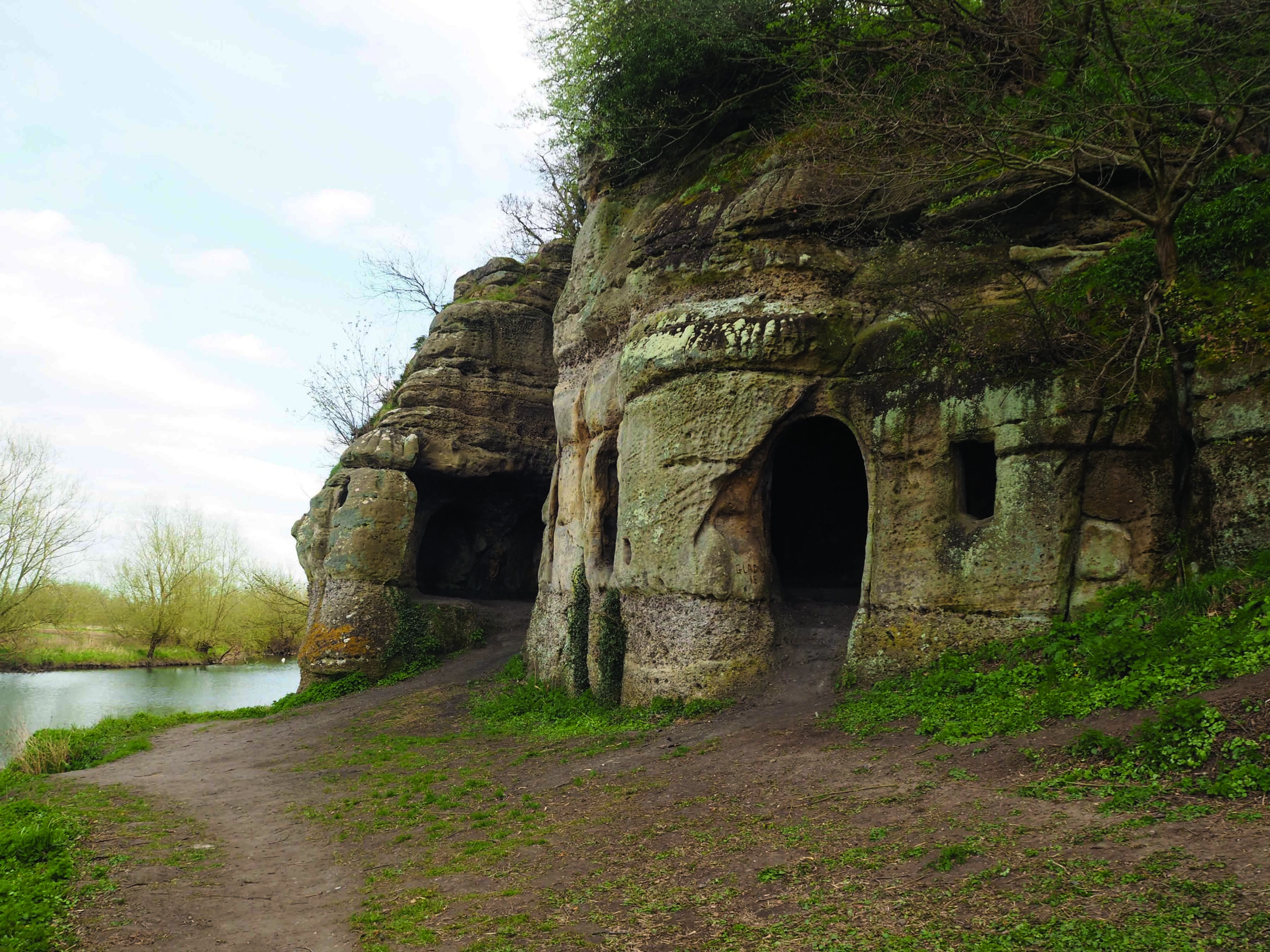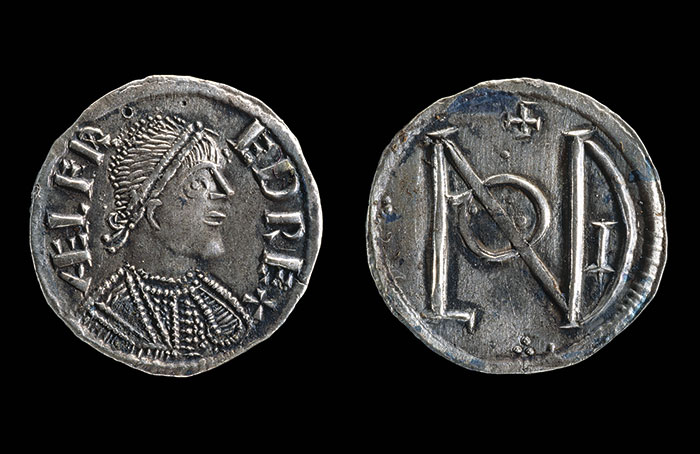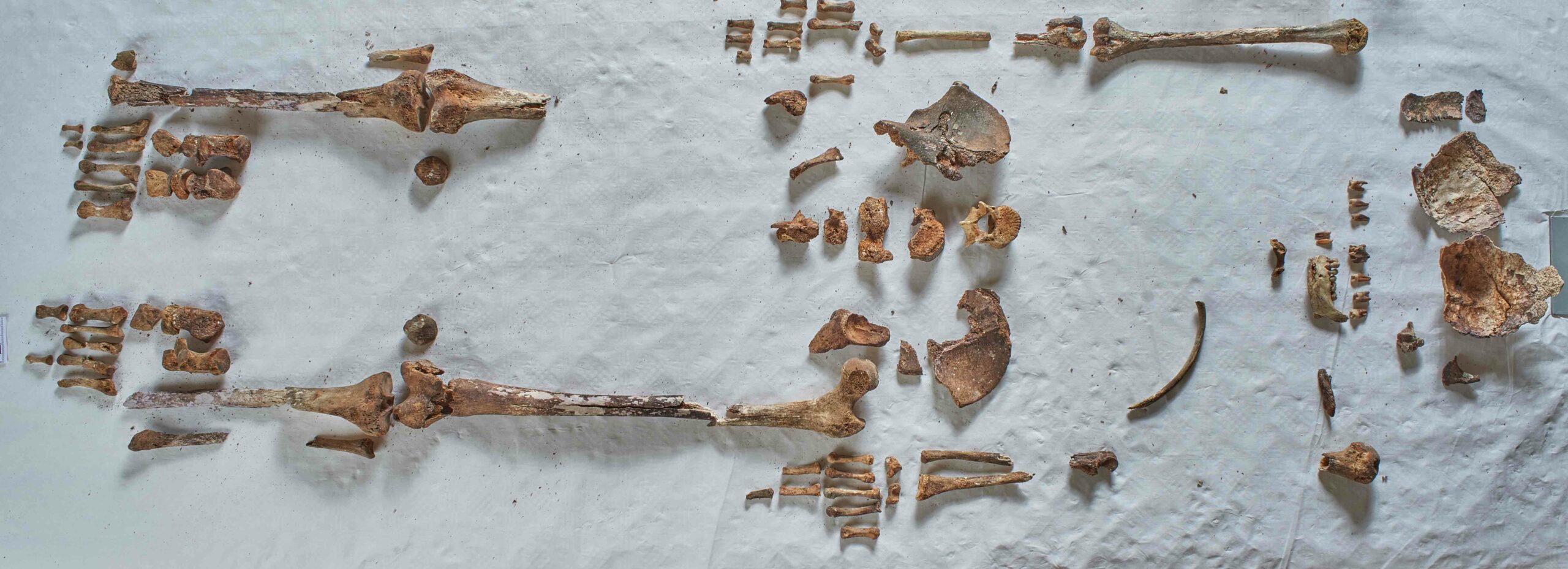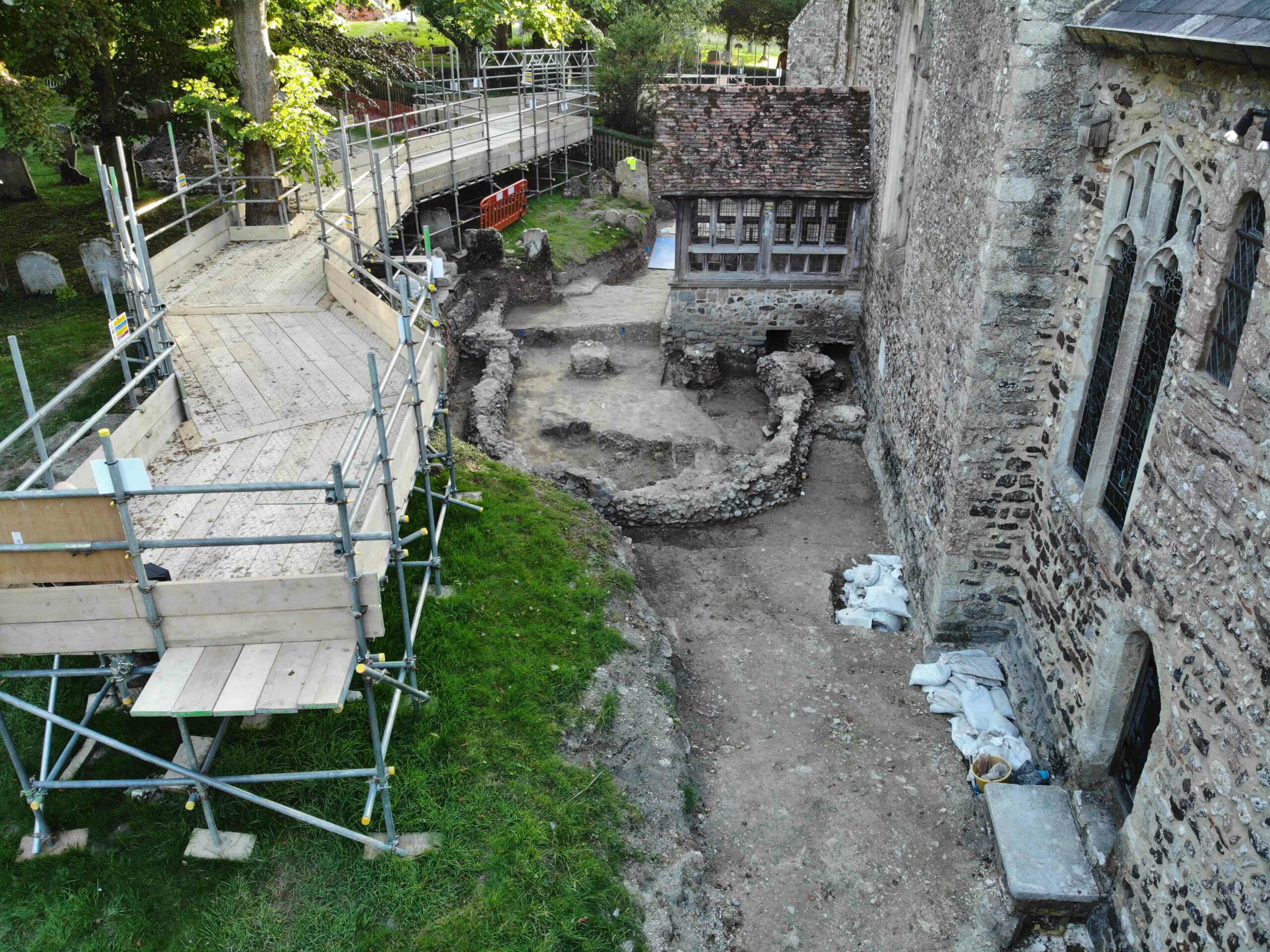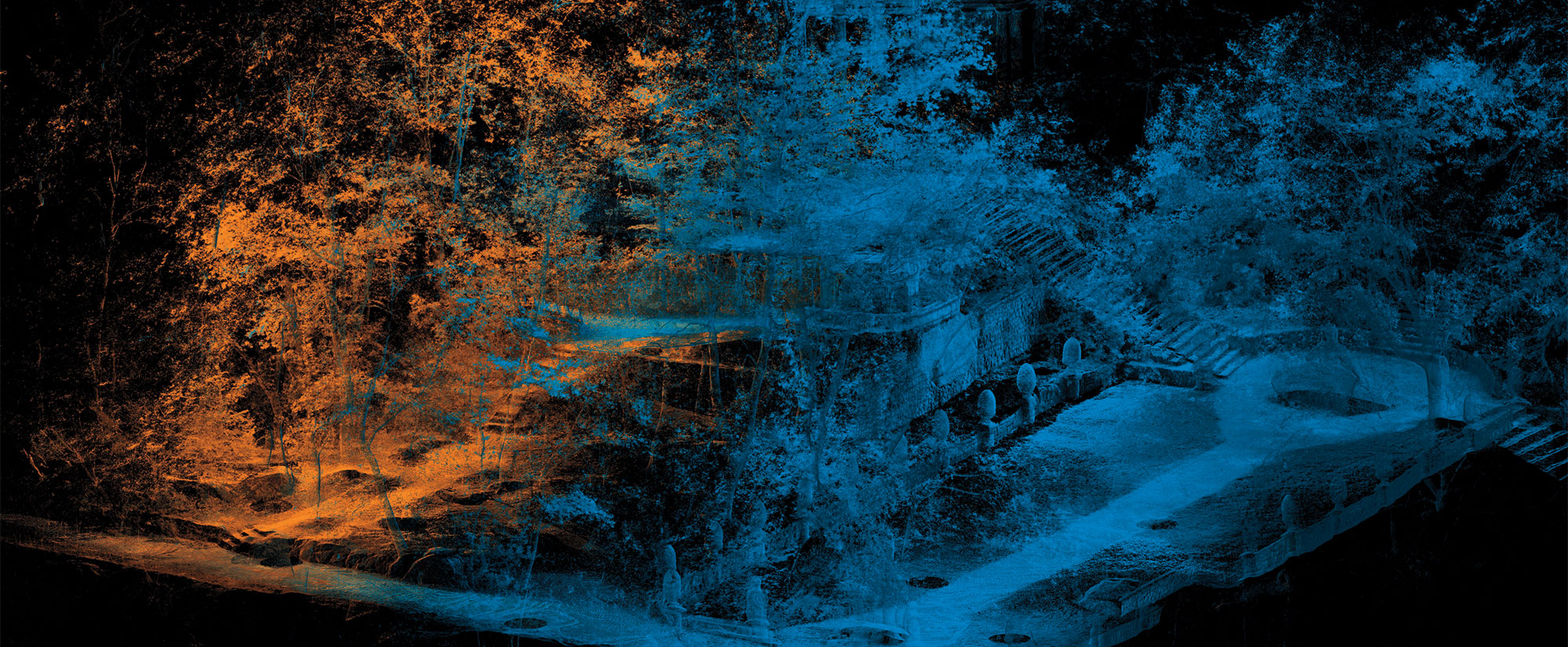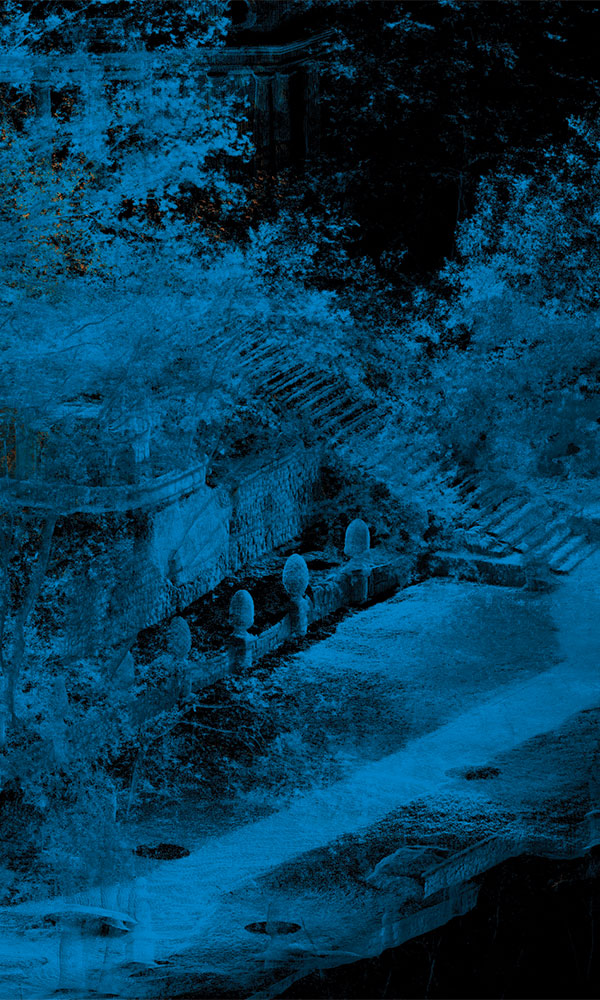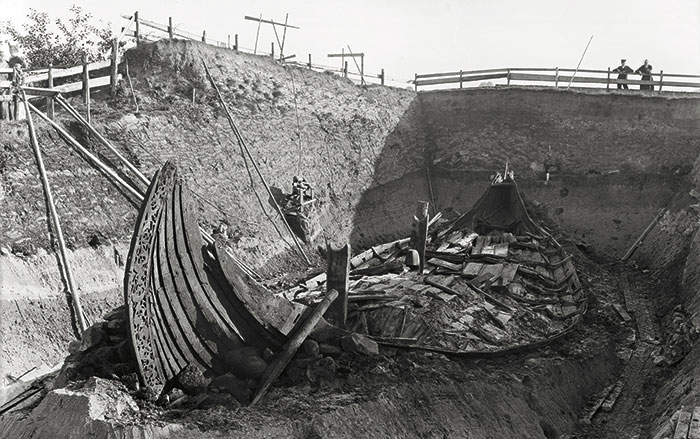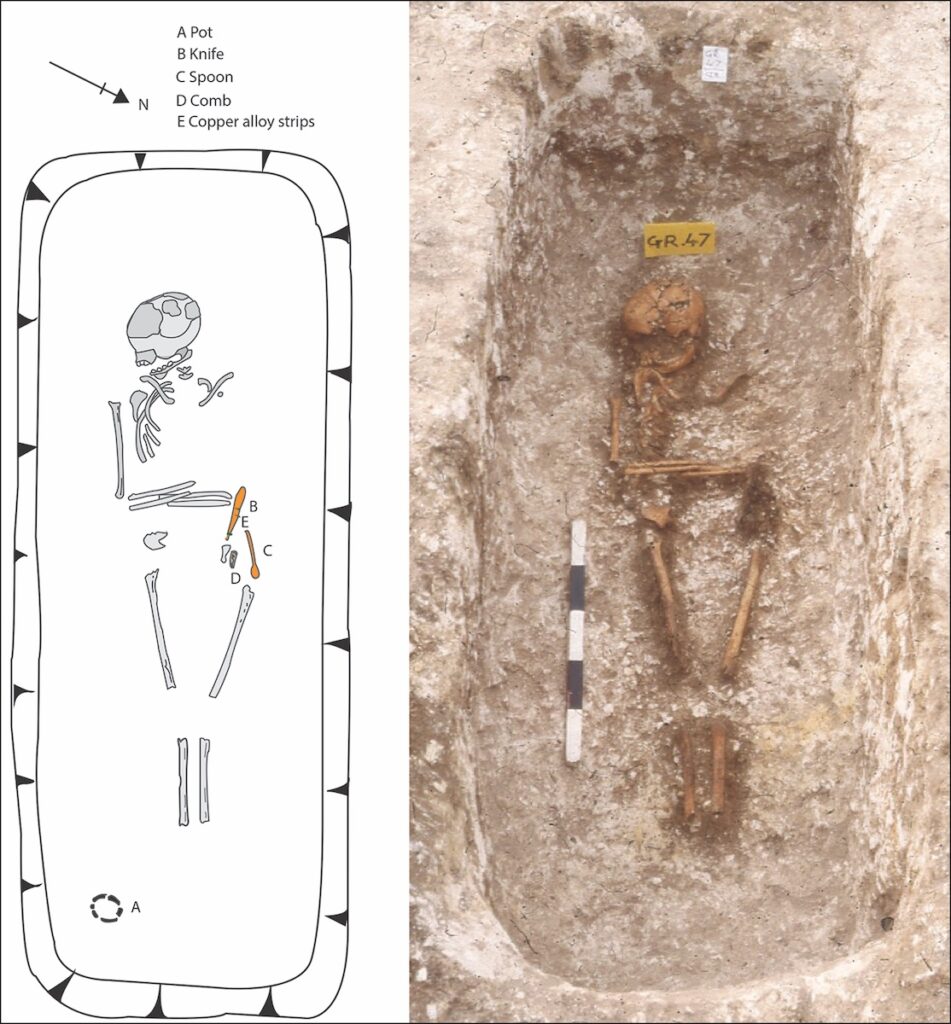
LANCASTER, ENGLAND—The early Middle Ages in England were a period of increased immigration, as settlers flocked to the island after the collapse of the Roman Empire. These famously included groups of Angles, Saxons, and Jutes, whose migration to England came to define the Anglo-Saxon period. However, according to a statement released by the University of Lancaster, two new studies suggest that the movement of peoples into Britain was even more diverse than previously thought. DNA analyses of two individuals buried in separate seventh-century a.d. cemeteries—one in Updown, Kent, the other at Worth Matravers, Dorset—surprised researchers when they indicated that the deceased both had African ancestry. Every other person examined had northern European, western British, or Irish bloodlines, except for these two, who were of mixed race. The study revealed that both these individuals, a young man and a young woman, had a paternal grandfather likely born among the Yoruba, Mende, Mandenka, or Esan groups of sub-Saharan West Africa. “Our results emphasize the cosmopolitan nature of England in the early medieval period, pointing to a diverse population with far-flung connections who were, nonetheless, fully integrated into the fabric of daily life,” said University of Huddersfield bioarchaeologist Ceiridwen Edwards. Read the original scholarly articles about this research in Antiquity, here and here. To read about a famous Anglo-Saxon ship burial excavated in 1939 in the east of England, go to "Setting Sail for Valhalla."


